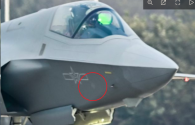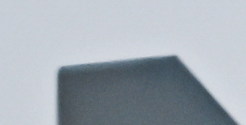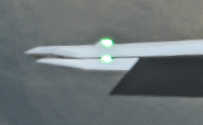What are the predicted combat roles for the J-35, and how does it reconcile with the existing J-20? This question is specifically for the PLAAF J-35A and not the (expected) carrier-based PLAN J-35, since the J-20 (all variants) cannot be carrier-based.
The US F-35 was designed and currently serves as the multi-role 5th-gen fighter jet of the USAF. As they could not restart production of the F-22, leaving it as a limited and legacy resource that will inevitably attrit into nothingness, the F-35 (any variant) does not really overstep onto the F-22's role as an air superiority fighter in the long-term.
The situation is not the same for the J-35A and the J-20, since both are in production. There was speculation that the J-20 was a long-range striker or interceptor rather than air superiority fighter, but that was proved incorrect by the Chinese military itself which has classed it as a multi-role fighter. So what combat role does J-35A play? Having multiple same-generation multi-role fighters in production seems like an inefficient allocation of resources and priorities.
Or perhaps it does not have any difference in combat role, with the only reasons for its existence being non-combat related such as economical (cheaper units, "might as well" derivative project of original carrier-capable J-35 plan), industrial (experience for SAC, insulation if CAC becomes immobilised during conflict) and geopolitical (military export)?




